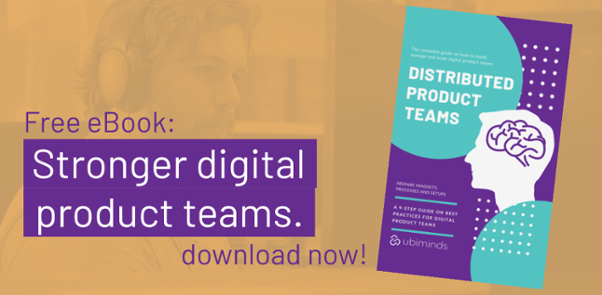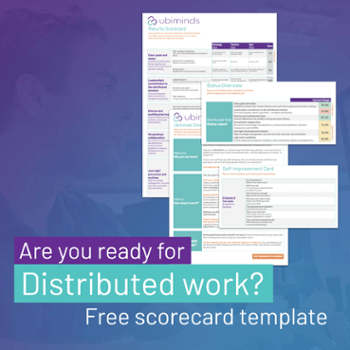When it comes to software product development teams, remote engineers are common. There is no discussion that remote work is here to stay. In times of Covid-19, there are many people who work remotely from different locations. But what makes a distributed team not only efficient but also effective? How can I work When building or scaling a team that is spread out, do first things first. Prepare your company’s Mindset and Culture.
Clear Strategy and Planning are a must
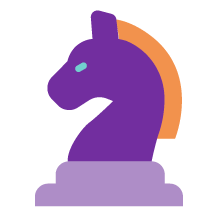
If you’ve ever practiced team sports, you know it’s crucial to be well integrated. There are exercises and training and so on to get everyone to collaborate… and sometimes even predict each member’s next move. However, it is so for a reason. Although all decisions are made by individuals in specific contexts, they always follow the same premise: a shared common goal.
It is no different companies that are successful with distributed work. The product team per se should be responsible for its own strategy and planning. But it will thrive if and when the business itself knows exactly where it is going. When C-levels to clerks share a clear vision, decentralized goals, and integrated efforts, success is unavoidable. Once the destination is set, engineers will know exactly where to point their attention, skills, and experience towards.
Leadership: make it or break it

When it comes to cultural shifts, top-down decisions are fast, but they don’t necessarily stick. However, strong leaders are role models and set the standard of behaviors and values that resonate throughout the team. Leadership buy-in is pivotal to model championing towards company-wide adoption.
Distributed teams need a specific type of leader – one that is willing to:
- (a) relinquish control, granting more and more autonomy; and
- (b) trust peers and team members with ownership and accountability on their deliverables.
It’s much more about empowerment than managerial tasks. Teams where leaders are still controlling effort (idleness, schedules, etc.) and organizing to-dos (sprints, etc.) will lag behind.
Mindset and Culture should gradually shift away from articulating collaboration and monitoring outcomes (keyword: result-driven!). A true leader looks further ahead, and empowers efficiency and effectiveness.
Remember to also look beyond the organizational chart. Mindset and Culture are driven through thought leadership, not job titles. As your product team grows in maturity, you’ll see those key influencers will change positioning. It looks something like this:
- “You’re own your own”
- Verbal support
- Executive buy-in
- Model championing
- Company-wide adoption
This brings us to another relevant topic: finding those early adopters. To promote a distributed-first mindset, you’ll find that result-driven folks are the first to jump in.
Why look for Innovators and Pragmatists

When the going gets tough the tough get going, or so the saying goes. Truth be told, professionals with Innovative/Pragmatist mindsets are more prone to a ‘Get it done’ approach to decision-making at any level. So, if you’re aiming at preparing the team’s Culture towards distribution, these are your allies.
These are the people that will focus on the goals, not the hurdles. They are more likely to understand that mistakes are a natural part of the learning process. Moreover, they’ll channel creativity to find practical solutions to your company’s specific context.
Foster Openness to Diversity and Inclusion
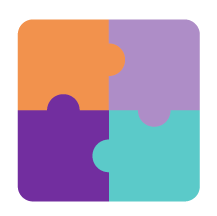
Software engineering is still quite an elitist professional field. However, product development is also a knowledge-based industry. And as such, it suffers when all the people involved bringing the same solutions to the table. Creativity and problem-solving depend on broadened repertoires.
Bringing together professionals with different backgrounds, experiences and even school systems is a sure-fire way to amplify references and reach new perspectives. Successful distributed teams use this to their advantage and embrace Openness to Diversity and Inclusion.
Differences are channeled into value delivery. Especially when the people building the app share similarities and differences with the people that use it. Distributed teams are an integral part of diverse, inclusive, transcultural organizations and mindset. Geographically expanded talent pools during hiring, for example, are one way to go about it.
Focus on building a Collaborative Environment
So you’ve set the course, leadership has your back, and you’ve found the right people. Next step? Set up a Collaborative Environment. Two points to keep tabs on:
- Keeping team morale high;
- Increasing efficiency.
Funny enough, if you look up “team collaboration” or another related keyword, search engines will pile up with apps and platforms. Truth is, collaboration is about acceptance, expectations, and ingenuity. No tool will ever make up for the lack of community and sportsmanship.
Repetition and consistency are key. Lead by example and hold the team accountable for building a positive work environment. Do this:
- Keep it real: align goals and expectations (on potential and limitations too);
- Share the good and the ugly: mourn each loss and celebrate each milestone;
- Level up: share insights, knowledge, and resources to continuously lift that bar.
Pro tip, especially when working over different time zones: Have the team agree on timeboxes for collaboration and focus times. There are optimal windows where no-one has to miss lunch or work weird hours.
As an example, let’s suppose the company has US engineers working on Pacific Time (GMT-7), Central Time (GMT-5), and Eastern Time (GMT-4). Time Zones differ in up to 5 hours and, counterintuitively, Brazilian employees are best aligned with headquarters over at New York than those on the West Coast.
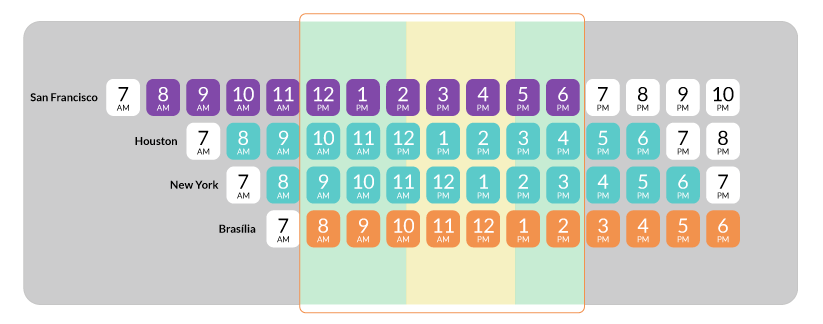
The orange square signals the team’s prime time, when everyone is in. Ideally, all face-to-face live interactions would be booked in time slots within the green zone. The red zone would be of better use as individual focus time. Time slots within the yellow zone can be used for smaller meetings, but preferably less frequently.
The importance of Distributed-first Communication
You’ve probably realized that collaboration requires more than just a fair share of communication. If you’re setting up towards Distributed Mindset and Culture, the product team must understand that if one single person is remote, the whole team must act as if it also.
It doesn’t mean the end of watercooler talk: it just becomes digital. It’s all about organizing and setting boundaries for communication and information flows. Once omnichannel guidelines are in place (who communicates what where and how), things fall into place.
Some practical examples:
- Slack: Setting different channels based on teams or goals is important, but it is also interesting to have some dedicated to office banter and non-work topics.
- Calls: In teams unfamiliar with distributed work, collocated members may carry out one-on-one, parallel conversations during meetings. This shouldn’t happen when one or more team members are remote.
- Calendars: Create shared calendars for the team to mark their out of office moments, from doctor’s appointments and leaves of absence to vacation.
Overcommunication is key. This means combining scheduled and proactive visibility, and also constant recognition. You may have fixed meetings and official channels set for real-time communication, but distributed work requires a fair share of async too.
Does your team have the right mindset for distributed work?
Wondering if your product team and company are ready for distributed work? Take Ubiminds’ Distributed Culture Maturity Assessment and learn what else you need to have in order, beyond Mindset and Culture. Click the button below and begin straight away!
Want to go global with a high-performance team that delivers results? Drop us a line.

Paulo Ross, CEO at Ubiminds. Forever a software developer, entrepreneur, people-person, and devoted dad. Empowering teams to grow and deliver value.

